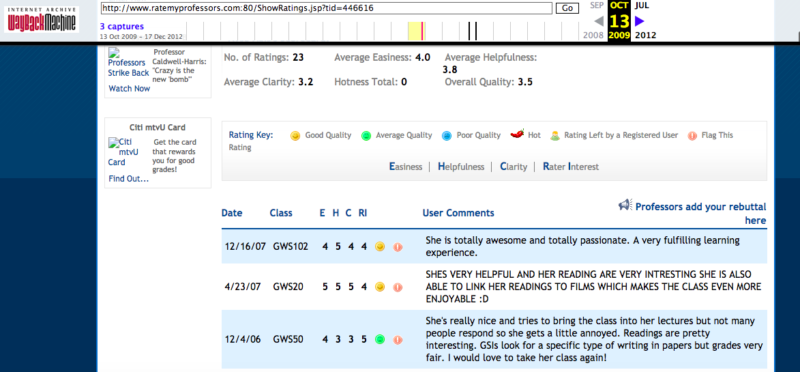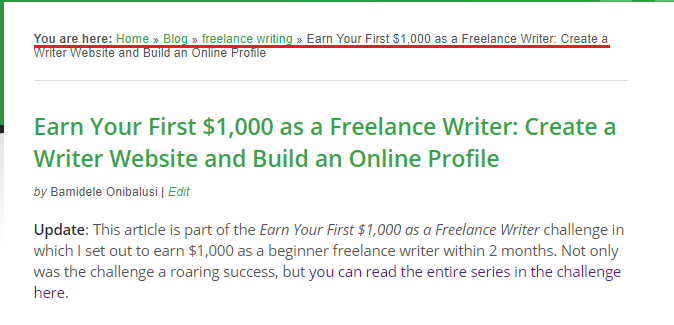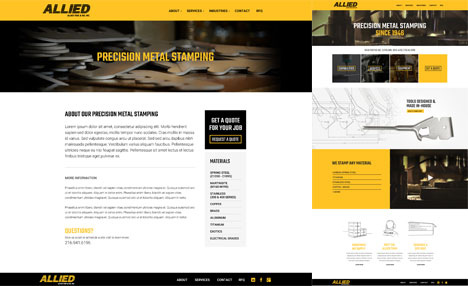Top 25 blogging SEO tips for 2022

Here are the top 25 blogging SEO tips to help all blog posts compete for a first page Google ranking.
1. Cut the time to write a post in half by using an AI SEO tool
Artificial intelligence (AI) tools, like Clearscope and RankIQ, tell you what topics marketer should cover in their post to compete for a first-page ranking on Google. This allows marketers to create a comprehensive outline in a short amount of time.
2. Do not use single-phrase search volume when choosing keywords
One of the biggest mistakes marketers make when blogging, is using single-phrase search volume to identify keywords. This metric is only meant to be used for Google ads, and it is not an accurate measurement of the traffic you will get.
There are only two keyword research tools which provide an accurate traffic estimate, which are Ahrefs’ Traffic Potential and RankIQ’s Estimated Yearly Visitors.
3. Poll create original research posts from poll results
Original research posts get a high number of backlinks. One easy way to generate original data is for marketers and bloggers to identify large Facebook groups within their area of interest, and post polls. The answers gained from the polls can form the basis for building a research post.
4. Get interviewed on podcasts to generate high quality backlinks
Backlinks to a blogs can be generated in several ways, including being interviewed for a podcast. Links then often appear in the show notes page for the relevant episode.
One way to marketers can advertise employees as available for podcast interviews is to send emails to various show hosts. Details of podcast hosts are relatively easy to find through hosting sites; Apple’s Top Charts lists the top 300 podcasts in a number of different areas. If bloggers do not have time to send emails, there is the option to sign up to PodcastGuests.com and have the hosts reach out instead.
5. Write blog posts on the most searched stats for year-round passive backlinks
Journalists citing data or specific statistics will often add a backlink to their source within their articles, but they tend to click on a title which has the highest number of data points available. (E.g., 50 Latest Dog Biting Statistics).
Marketers can boost their blogs’ SEO by researching keywords to glean the most searched for statistics in a specific area of interest. Once a blogger knows which statistics are popular, there is the opportunity for them to write a blog post with additional data points.
6. Use Google ‘friendly’ terms in your title
When marketers run an AI SEO Report through a tool like RankIQ, it lists the words Google ‘likes’ the most within titles. This enables bloggers to create perfectly optimised post titles from words driving the highest click-through rates (CTR) for specific keywords or phrases.
7. Use a targeted front-end modifier on your blog post title
A strategically placed front-end modifier, like “best,” “top” or “good”, can bump a marketers blog ranking from #3 to #1. Different topics and areas of interest have unique front-end modifiers. Food bloggers get over 90% of their traffic from recipe posts. The top front-end modifiers for recipe posts are “easy,” “best,” “homemade,” and “simple”. (E.g., Easy chicken pot pie recipe).
8. Always go higher than your competition
Before a list post is published, marketers should look at their competition on the first page of Google. If the highest number in a title is 15, then they should consider lengthening their blog list post to 25. This is going to increase the CTR and push their blogs’ posts past titles with lower numbers.
9. Do not go over 60 characters in your blogpost title
Ahrefs SEO tool found titles with more than 60 characters are rewritten by Google 57% more often than those with 60 or less characters.
10. Use brackets with the current year at the end of each post title
Google searchers want content with the latest information. Blog posts which have the current year in their title are going ng to get more clicks than those that do not; using square brackets increased the click-through rate by 38%.
An example would be: ‘25 Email Marketing Tips for Bloggers [2022]’.
11. Internally link to a new post from two other high authority posts
As soon as a market publishes a new post through a company blog, they should link it to at least two of historical blog posts which have plenty of inbound links.
12. Write 40-50 word paragraphs to rank for featured snippets
Multiple studies have confirmed the majority of featured snippets are pulled from paragraphs which are 40-50 words in length. This is also the ideal length of a paragraph for maximum reader engagement.
13. Make sure your ‘content grade’ is an A+ before publishing
Backlinko looked at 11.8 million Google results and found posts with a high content grade ranked significantly higher in Google search. Content optimisation tools, like RankIQ, will grade a blog’s content based on what Google wants to see from a post for a specific keyword phrase.
14. Add FAQs at the end of a post to increase ‘dwell time’
One way to prolong people’s time on page is to add a frequently asked questions section to the bottom of a blog post.
To find out the best questions to include, search engines can be used by any marketer to find out the most common questions searched for on specific topic. Google even has a dedicated “People also ask” option.
Marketers should consider included around 3-5 of these questions, and their 40–50 word answers, within their businesses’ blog posts.
15. Listen to teaching podcasts like ‘The Blogging Millionaire’
The host of The Blogging Millionaire – a podcast devoted to teaching different blogging strategies – gets 5 million monthly visitors from over 100,000 first-page Google rankings.
Brandon Gaille, host of the podcast, has so far taught over 100 blogging and SEO growth hacks in short ten-minute episodes.
16. Keep your intros to three sentences or less to increase engagement
Readers want to get to the body of blog post as quickly as possible. For list posts, marketers should ensure readers can see the first item on the blog’s list above the fold.
17. Create a meta description tease to increase click through rates
In 150 characters, markets should include the best part of a post and end with an ellipsis. This can increase the click-through rate on a post enough to move up several spots in Google’s rankings.
Here’s an example of a meta description tease:
Title: 11 On-page SEO Best Practices for Blog Post
There are eleven On Page SEO tactics that pro bloggers use to get ridiculous results. The one tactic that plays the biggest role in SEO is…
18. Buy an aftermarket domain with existing backlinks to rank higher faster
Using a high domain authority expired domain will allow a blog post to rank high on Google from day one. The best place to find these domains is at GoDaddy Auctions.
- In the advanced search, select expiring “.com” or “.org” domains which are at least 4 years old.
- Copy all domains which come up with at least 1 bid into a Google sheet.
- Run these through a bulk domain authority checker and remove all domains with less than a 30-domain authority.
- Use the Wayback Machine to find domains with content which are at least loosely related to your subject area.
19. Identify the word count that google prefers for every keyword you write on
The word count needed to hit a keyword is different, depending on the subject area. For a recipe post, it may only take 900 words. For a marketing tips post, 4000 words may be needed.
AI SEO tools like Frase and RankIQ use algorithms to determine the word count a post needs to compete for the top Google ranking.
20. Keep your URLs short by focusing on the core keyword phrase
A study by Backlinko found URLs in the top Google position are 9.2 characters shorter than the URLs in position number 10.
21. Use your own video thumbnails and links
SEO can also be bolstered by avoiding video embedding from a hosting site. The YouTube embed code significantly slows down the page speed of a post, which is a component of Google’s algorithm.
22. Place your target keyword in the first 100 words of your content
This tactic has been around for a while, and it still makes an impact.
23. Run your post through Grammarly before you hit publish
There is nothing worse than a blog post littered with spelling errors or grammatical errors; it suggests author laziness or a rushed blog post.
Grammarly’s tool is almost as good as having an editor who reviews your work. It will instantly take a rough post and flag any inconsistencies or errors and suggest corrections.
24. Include short stat-based infographics for more backlinks and social shares
There are few things which attract backlinks and social shares like simple stat-based infographics. By using a 16:9 ratio, your stat infographics will work for both desktop and mobile audiences.
25. Get a list of the lowest competition keywords with the highest traffic potential from RankIQ
Most bloggers end up writing more than 50% of their posts on keywords they will never be able to rank for.
RankIQ’s top keyword research experts have identified the lowest competition high traffic keywords in over 300 blogging niches.
Rank IQ provides AI-powered tools to help marketers and bloggers improve their SEO by identifying key words and topics that top Google’s ranking algorithm.
https://www.searchenginewatch.com/2022/01/14/top-25-blogging-seo-tips-for-2022/








